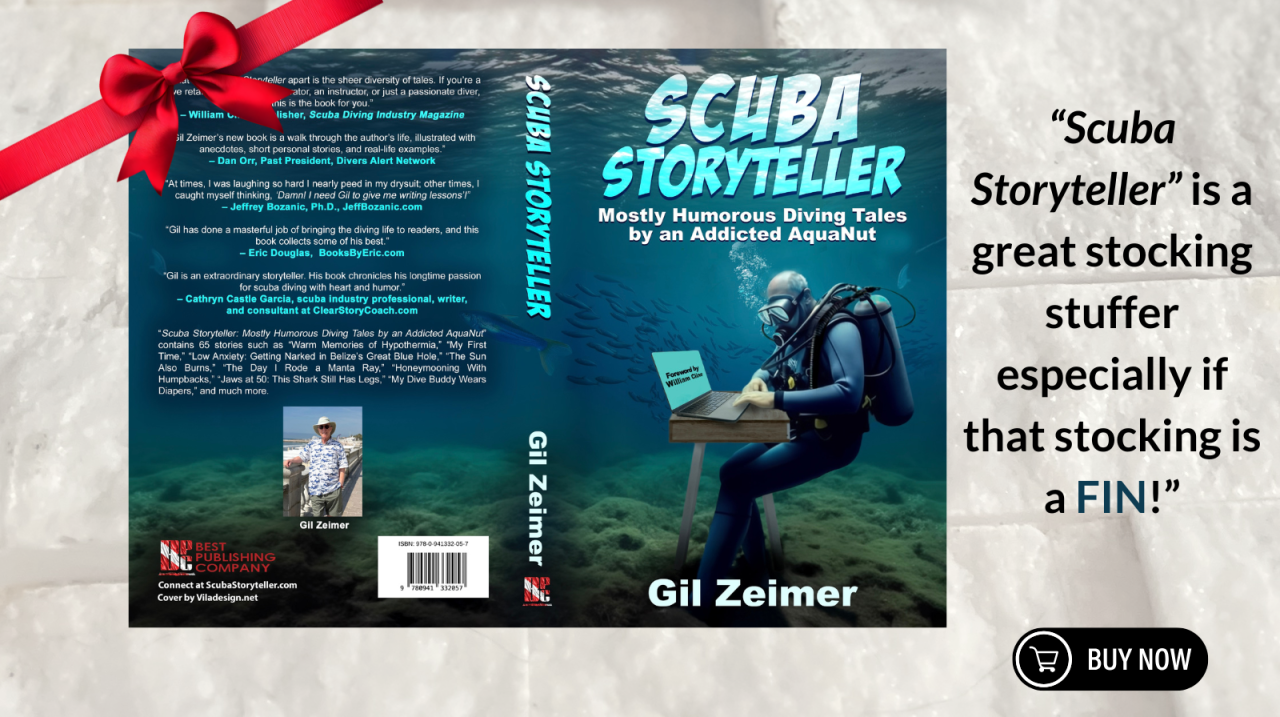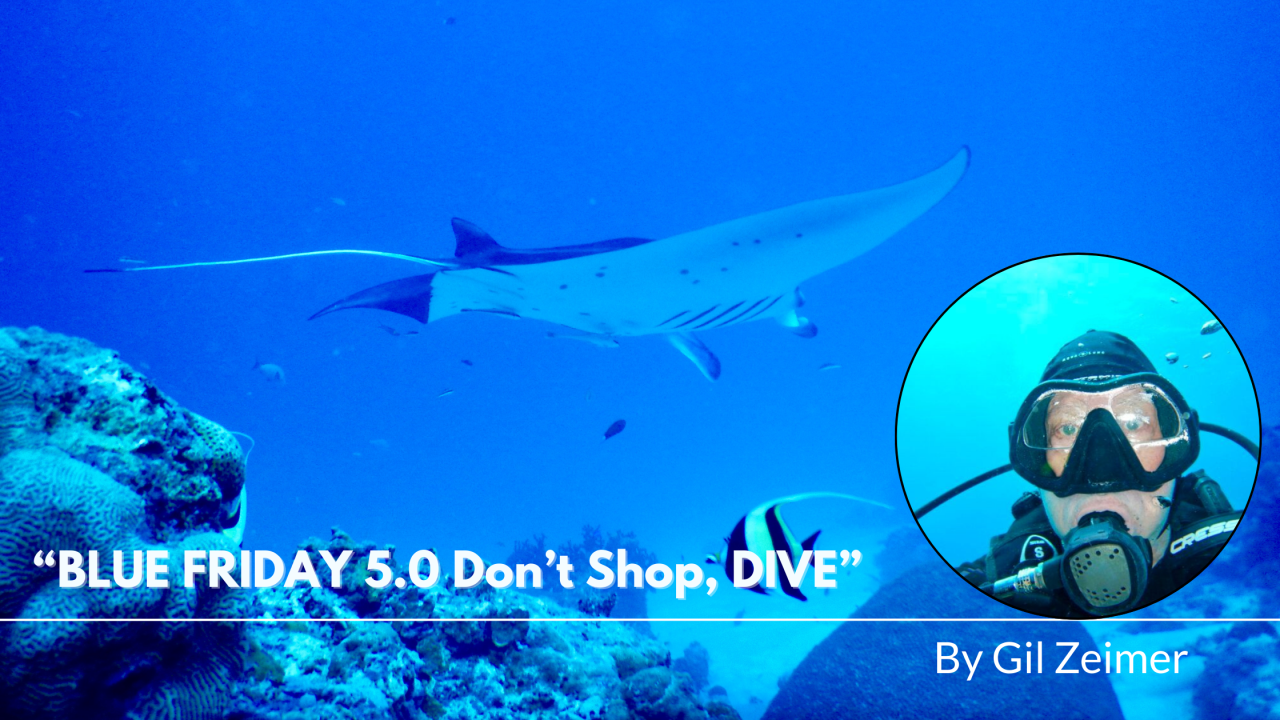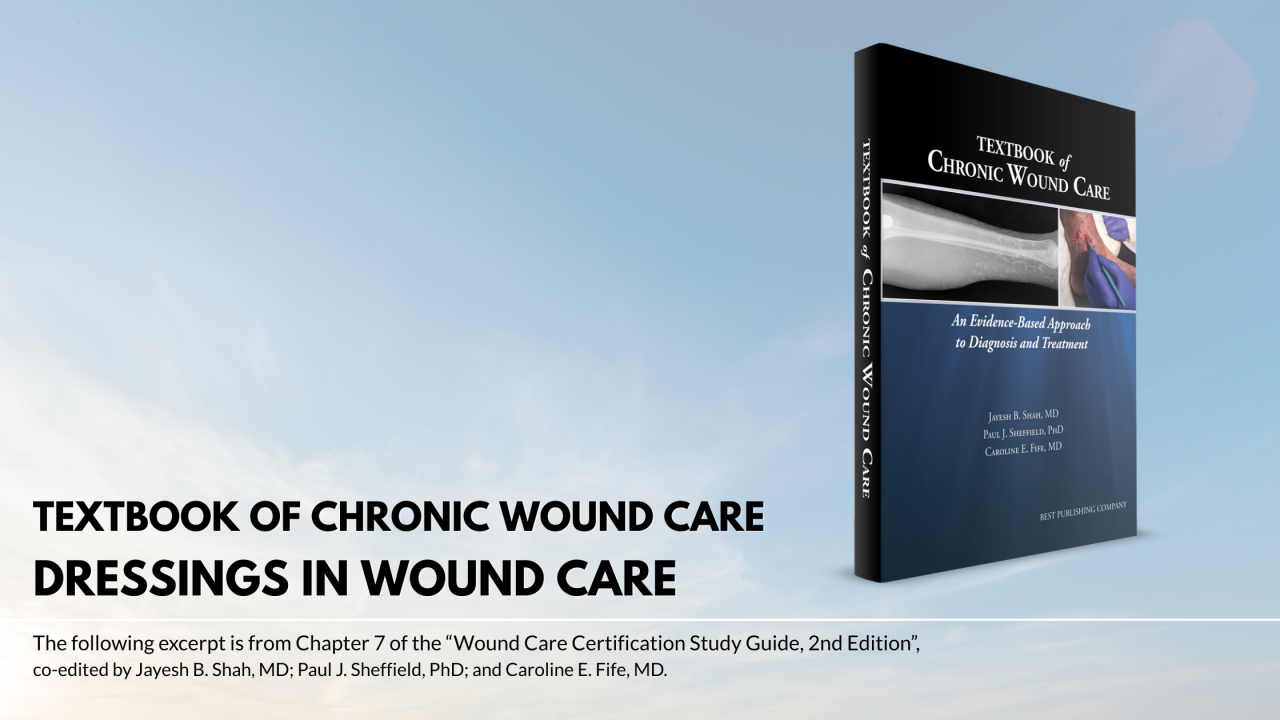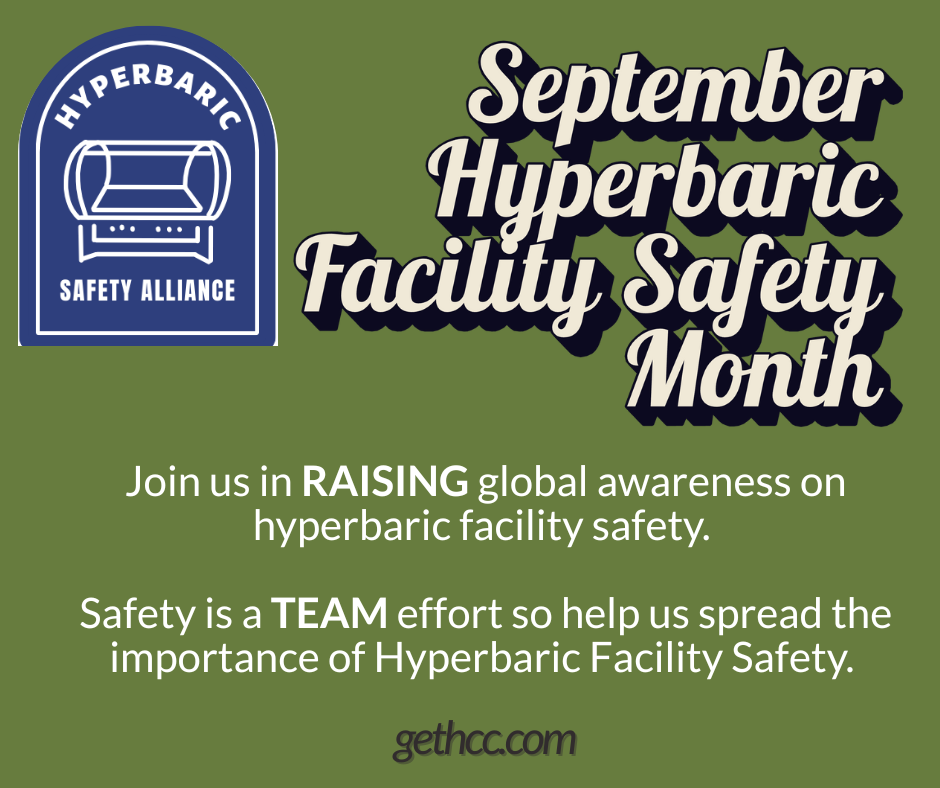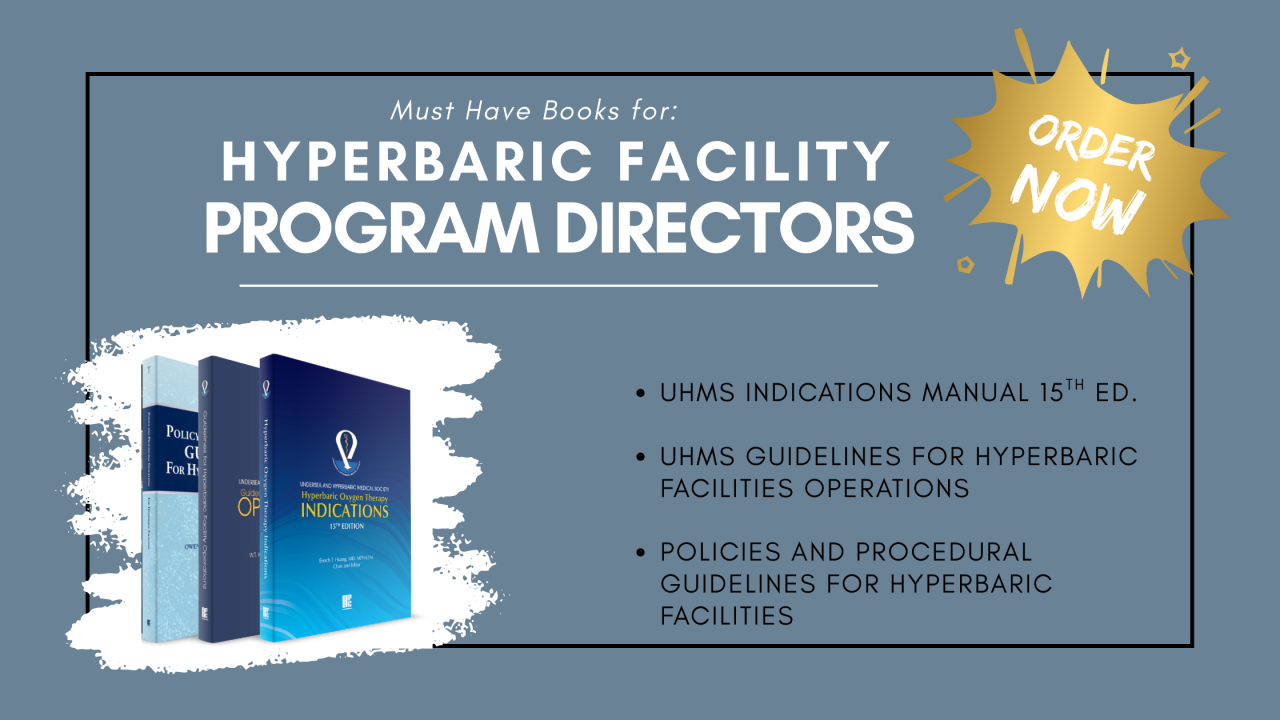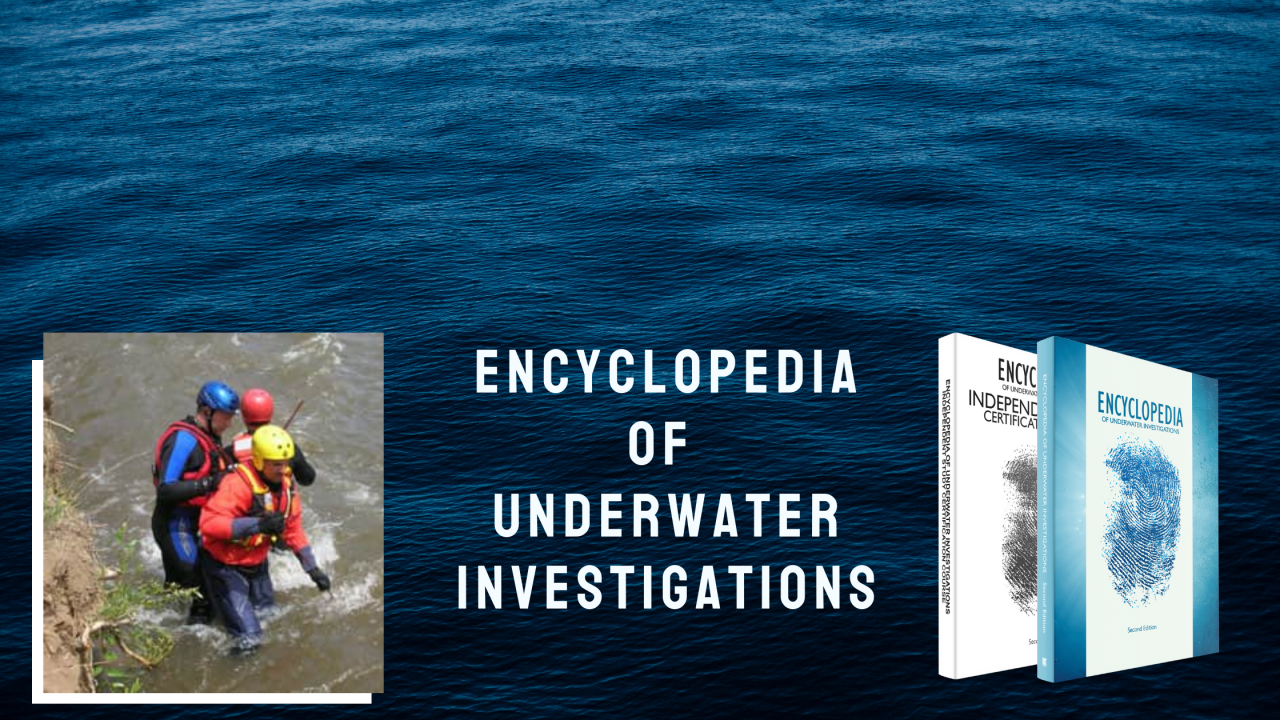Holiday Customer Support Closure
Please note that our customer support will be closed for the holidays starting December 24th through January 4th.
DEPTH Blog
Buying a present for your favorite young readers?
How do you know what reading level is best to choose when book shopping?
The following are just a few suggestions on how choose the BEST book for your BestKid.
A fourth book was just released in the Harry Hawksbill adventure series - "Sally Stingray Finds Her Way Home" by Paul J. Mila & Luke Chiappetta
Blog Written by Gil Zeimer author of “Scuba Storyteller: Mostly Humorous Diving Tales by an Addicted AquaNut”
Grab one of these entertaining, educational audiobooks before heading out for your holiday travels!
| All Ages |
| Mystery of the Last Olympian |
| https://play.google.com/store/audiobooks/details?id=AQAAAECqARFBqM&pli=1 |
| Kids |
| Luminous Finds Her Aura |
| https://play.google.com/store/audiobooks/details?id=AQAAAEAqrhTuLM |
| Adults |
| Cherry Red |
| https://play.google.com/store/audiobooks/details?id=AQAAAEAqPA58NM |
| Educational - Hyperbaric Medicine |
| Hyperbaric Facility Safety, 2nd Edition |
| https://play.google.com/store/audiobooks/details?id=AQAAAEAqeT45BM |
BEST PUBLISHING COMPANY
631 US Highway 1, Suite 307,
North Palm Beach, FL 33408
Phone: 561.776.6066
This email address is being protected from spambots. You need JavaScript enabled to view it.
www.bestpub.com
Your Holiday Gift Guide
A Unique Gift for All Ages of Underwater Enthusiasts
Great White Sharks by Dan Orr is a unique coloring book suited for all ages! With over 40 pages of magnificent photographs and coloring pages, this book will capture the imagination of anyone interested in the mysterious, beautiful, and often misunderstood world of Great White Sharks.
From the discovery of shipwrecks, to the work of the SEALAB Aquanauts, here you’ll find publications that aim to educate, share experiences that shaped history, and inspire a deeper appreciation for the underwater world and those who explore it.
If you're new to the field of hyperbairc medicine and have been looking for a "playbook" on hyperbaric facility operations, look no further! The publication, UHMS Guidelines for Hyperbaric Facility Operations was created to support the growing interest in hyperbaric medicine, and help provide guidance and direction to those who are brand new coming into the field.
Connect HERE and let us know you’re coming! We'd love to meet with you to discuss growing your business through book sales!
On behalf of our team at Best Publishing Company, we encourage you to join us at DEMA Show 2025, the global event for the dive, travel, and action water sports industries. We invite you to attend DEMA Show and visit us in Booth #610.
DEMA Show 2025 will take place November 11–14, 2025, at the Orange County Convention Center in Orlando, Florida, bringing together diving, travel, and action water sports professionals. This unique event is an incredible opportunity to connect with the entire industry at one time, in one place, helping you get a full year’s worth of business done in just a matter of days!
Sometimes, lightning strikes from unexpected places. For the past year I had been struggling to come up with an idea for the fourth children’s book in my Harry Hawksbill Sea Turtle Adventure series, published by Best Publishing Company. On a sunny July Saturday afternoon this past summer, my ten-year-old grandson Luke Chiappetta opted for some alone time with grandma and grandpa, instead of hanging out at the nearby sports complex between games of his sister’s softball tournament.
Wound cleansing and disinfection
All wounds should be cleansed at each dressing change, before and after debridement, and in the event of contamination using a neutral, nonirritating, nontoxic solution, and routine cleansing should be accomplished with every effort to minimize chemical and/or mechanical trauma.(60-61) An exception to the requirement for routine cleansing may be the recent application of a skin graft or cellular tissue product, which should be left undisturbed; in this case the surrounding skin should be cleansed.
September is
Hyperbaric Facility Safety Month
Download & Dive In with these
Three Great Underwater Adventure Stories...
all available to download or purchase paperback today.
WOUND CARE AND HYPERBARIC FACILITY PROGRAM DIRECTORS
The following three publications provide new and seasoned program directors access to the policies and procedures to lead their clinic in the safe and effective operational practices of Hyperbaric and Wound Care Facilities. These books are the foundational texts used in the Certified Hyperbaric Program Director. This pathway is specifically designed to support the success of facility leaders. Take a look at these books and additional resources available for hyperbaric and wound care facility directors.
Encyclopedia of Underwater Investigations, 2nd Edition
INTRODUCTION
The purpose of the Encyclopedia of Underwater Investigation is to remove the mystique from underwater investigative procedures and to supply a clear, descriptive, step-by-step instruction manual for the professional public safety dive team.
Did you hear that BPC now offers select titles available in audiobook format!
It is the mission of Best Publishing Company to publish educational books on all aspects of hyperbaric medicine. This includes books that are current and innovative, which promote medical education throughout the world.The following exerpt is from the Undersea Hyperbaric Medical Society's UHMS Guidelines for Hyperbaric Facility Operations, 4th Edition, Chapter 9. This chapter gives a brief overview of the UHMS's Hyperbaric Facility Accreditation Program.

